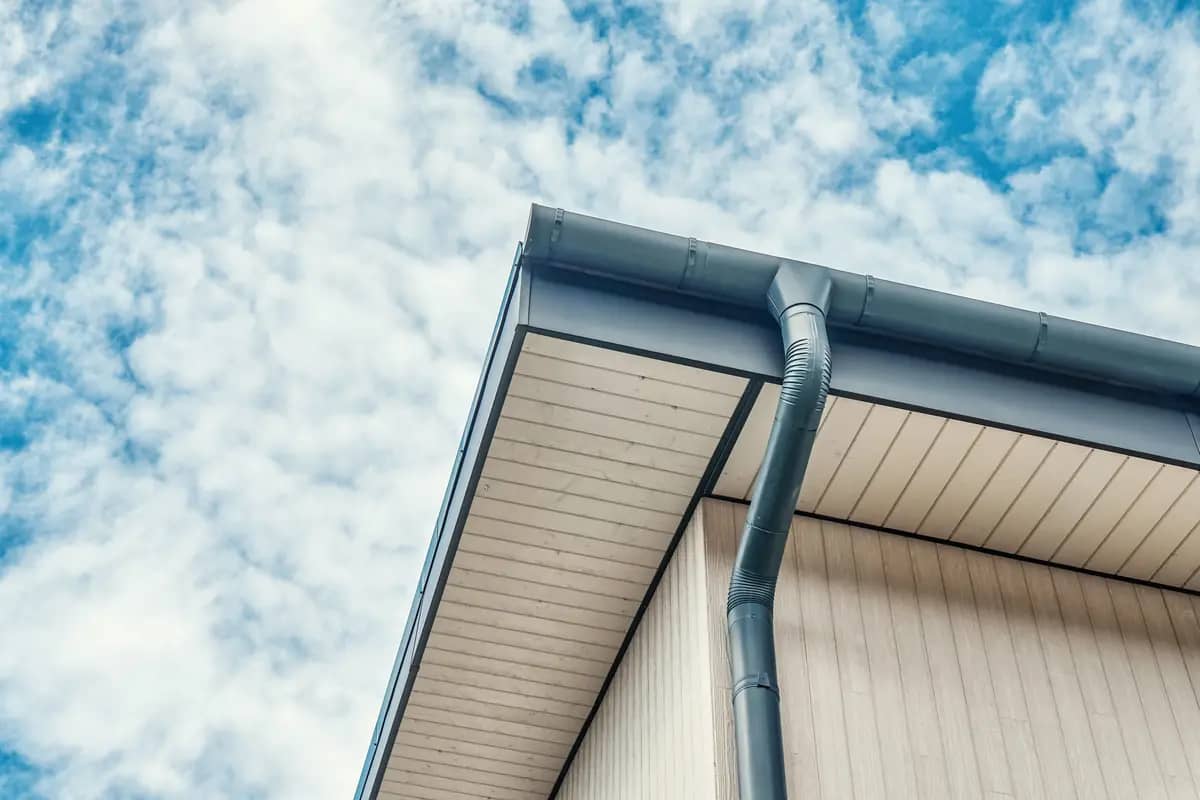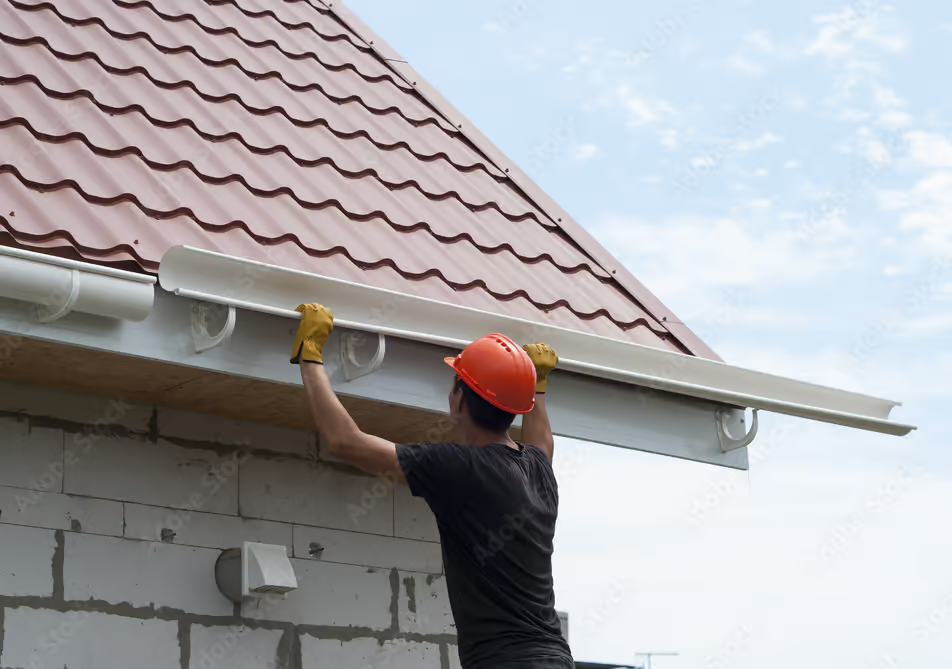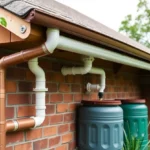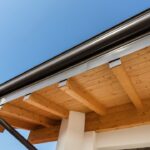Understanding how to calculate roof drainage needs is crucial for homeowners looking to maintain their property’s integrity and prevent water damage. A well-designed roof drainage system can effectively manage rainwater, protecting your home from potential issues such as leaks, erosion, and structural damage. In this guide, we will explore the steps involved in calculating roof drainage needs, ensuring your home remains safe and dry.

Why Roof Drainage Matters
A proper roof drainage system is essential for channeling rainwater away from your home’s roof and foundation. Without it, water can accumulate, leading to issues such as mold, mildew, and even structural damage. Consequently, understanding how to calculate your roof drainage needs is vital for every homeowner.
Key Components of a Roof Drainage System
Before diving into the calculations, it’s essential to familiarize yourself with the key components of a roof drainage system:
Gutters
Gutters are channels that collect water from the roof’s surface and direct it away from the house. They are typically installed along the roof’s edges.
Downspouts
Downspouts are vertical pipes that carry water from the gutters to the ground, ensuring it is directed away from the foundation.
Drains
Roof drains are typically found on flat roofs, collecting water and channeling it through pipes to a designated drainage area.
Factors Affecting Roof Drainage Calculations
Several factors influence how to calculate roof drainage needs effectively:
Roof Area
The size of your roof is a primary consideration. Larger roof areas require more extensive drainage systems to handle the increased volume of water.
Rainfall Intensity
The amount of rainfall your area receives plays a critical role in determining drainage needs. Areas with heavy rainfall require more robust systems.
Roof Slope
The slope of your roof affects how quickly water drains. Steeper roofs generally allow for quicker drainage, reducing the burden on gutters and drains.
Steps to Calculate Roof Drainage Needs
1. Measure Your Roof Area
Start by measuring the length and width of each section of your roof. Multiply these two numbers to get the area of each section. Add the sections together to get the total roof area.
2. Determine Rainfall Intensity
Consult local weather data or national resources to find the maximum rainfall intensity for your area. This measurement is typically given in inches per hour.
3. Calculate Drainage Capacity
Use the following formula to determine the drainage capacity needed:
Drainage Capacity = Roof Area x Rainfall Intensity
4. Choose the Right Components
Select gutters, downspouts, and drains that match your calculated drainage capacity. Ensure they are large enough to handle the maximum expected water flow.
Tips for Maintaining Your Roof Drainage System
Proper maintenance is crucial for ensuring your roof drainage system functions effectively:
Regular Inspections
Inspect your gutters and downspouts regularly for debris and blockages. This [roof drainage maintenance checklist](https://roof-home.com/roof-drainage-maintenance-checklist/) can help guide your inspections.
Clear Debris
Remove leaves, twigs, and other debris from your gutters and downspouts to prevent blockages.
Check for Leaks
Examine your gutters, downspouts, and roof drains for leaks or damage, and repair any issues promptly.
Common Problems and Solutions
Overflowing Gutters
If your gutters frequently overflow, they may be too small for your roof’s drainage needs. Consider upgrading to larger gutters to accommodate the water volume.
Clogged Drains
Clogged drains can lead to water pooling on your roof. Learn how to unclog your roof drainage system to prevent this issue.
Advanced Calculation Techniques
For those interested in more precise calculations, consider the following advanced techniques:
Hydraulic Design
Hydraulic design involves calculating the flow rate of water through your drainage system to ensure it can handle the maximum expected load.
Software Tools
Several software tools are available that can help you model and calculate your roof drainage needs more accurately.
For more information on drainage systems, you can explore this [external resource](https://www.cloudroofing.com/blog/five-best-drainage-solutions-for-flat-roofs) on drainage solutions.
Conclusion
Calculating your roof drainage needs accurately is essential for maintaining a safe and dry home. By understanding the factors involved and following the steps outlined in this guide, you can ensure your drainage system is up to the task. Regular maintenance and inspections will further protect your home from water-related issues, ensuring peace of mind for years to come.

FAQs
What is the purpose of a roof drainage system?
A roof drainage system is designed to channel rainwater away from your roof and foundation, preventing water damage and structural issues.
How often should I inspect my roof drainage system?
It’s recommended to inspect your roof drainage system at least twice a year, especially before and after the rainy season.
Can I install a roof drainage system myself?
While some homeowners may be able to install a roof drainage system themselves, it’s often best to consult a professional to ensure proper installation and functionality.
This article contains affiliate links. We may earn a commission at no extra cost to you.








